The Green Card is an identification passport showing the permanent living and working status of the applicant in the US. Conversely, there’s more behind the famous Green Card than the one that hits the eye. A citizen with a non-immigrant visa depends on their job or on the purpose of living in the United States, but a Green Card varies in that it gives the applicant total freedom.
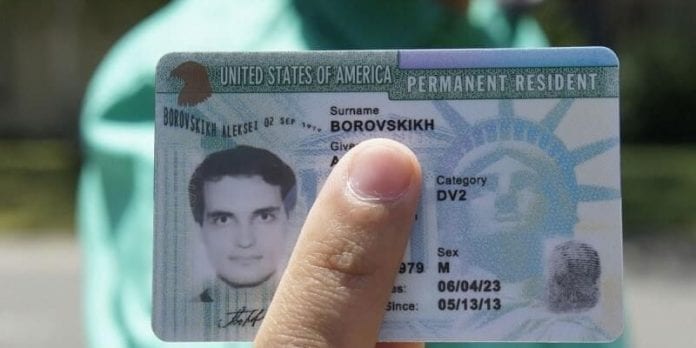
Moreover, in the US, the USCIS, or the Identity and Immigrant Services, a Green Card must be submitted by US immigration authorities. The actual card itself is identical to a credit card, a compact and rectangular identity permit. You always have to bring the green card with you, because it will act as your lawful I d and country citizenship.
There are different ways to apply for US permanent residency. One of the common factors is the suggested method of Ashoori Law, which is Self-petition. This process can help you get the card even without a job offer through an approved National Interest Waiver. It is primarily for those highly influential people who can help themselves by their outstanding skills in science, arts, business, and other related fields.
To obtain a green card, you must be qualified for one of the following categories. You can get through family members, and employers, or any other particular purposes. It is a complicated process, so we’re going to go beyond what you need to know.
1. Family-Based Green Card

The most substantial way of making a legal resident in the US is by a member of the family. If you have a relative of a US resident or a green card holder, you can apply for a green card. This process is one of the easiest ways of gaining permanent residency.
Immediate family member
- Spouse
- Unmarried children younger than 21
- An American Citizen’s Parent
Widow(er) of a US citizen
- At the moment of their death, you are married to your partner, a US citizen.
Victim of extreme cruelty
- Abused spouse of a US citizen
- Abused child of a US citizen (unmarried and under 21 years old)
- US citizen abused parent
How does this work?
- Your US donor completes the Immigrants Relatives I-130 application form and collects the documents needed.
- The registration fee’s verification and payment must be forwarded to the United States Immigration Citizenship Programs.
- After the conclusion of the appeal, the sponsor will receive information, and a decision is made.
2. Employment-based Green Cards
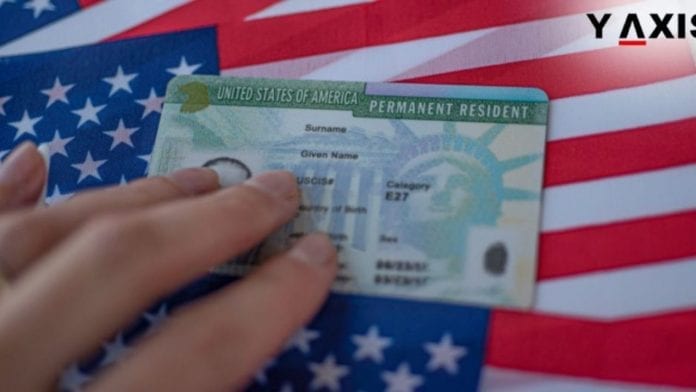
This Employment-Based group is extensive because it’s not just about the employer. It also provides benefits for acquiring a US green card through donations or professional jobs. A green card is also available for businesses with a job offer from a US organization, and employees working in specific sectors. Even though quotas vary by region, the waiting can also be incredibly long.
Immigrant worker
First Preference
- Have outstanding know-how in research, music, culture, industry or the arts or
- Esteemed professors or scholars, or
- Corporate executives
Second Preference
- Member of a career needing an advanced diploma or
- Have exceptional talents in science, the arts, or industry, or
- Are seeking a waiver of national interest.
Third Preference
- A proficient worker (at least two years of work experience), or
- A professional (requires at least a bachelor’s degree in the United States or any foreign equivalent and member of the profession), or
- An inexperienced worker (requiring less than two years of training).
Physician National Interest Waiver ( PNIW)
- The physician who decides to work full-time in medical care for a given period in a designated underserved area and also follows specific eligibility criteria.
Immigrant Investors
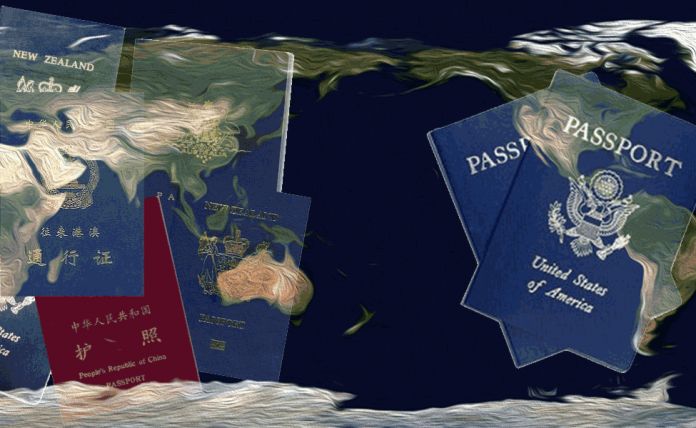
- Have offered at least $ 1 million in a new US commercial company to establish full-time jobs for at least ten workers.
How does this work?
- The US employer completes the I-140 form, Immigrant Petition for Alien Worker, and all other records.
- The registration payment application form and fee must be delivered to US USCIS or the Citizenship and Immigration Services by email or sometimes by post.
- The sponsor will receive a letter and then a note of the result or decision, once the application is processed. If the papers or the filing is accepted, the NVC (National Visa Center) will notify you of the filing procedure for an immigrant visa.
3. Refugee or Asylee
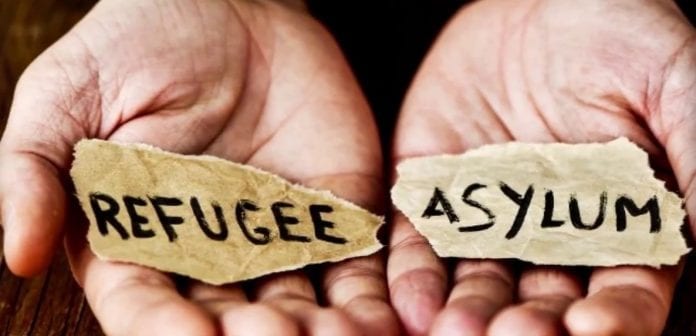
A year after entering the country, foreign nationals who have come to the United States as refugees may qualify for permanent residency. It also refers to extended relatives of asylum seekers.
- Foreigners can apply for a green card if they live in the country for at least one year.
- Refuge seekers are not required to claim green cards.
- Asylum seekers usually do not have to file a petition with USCIS for immigrants, such as an I-130 or I-140, if they meet the qualifications for applying for a green card.
4. Diversity Visa Lottery
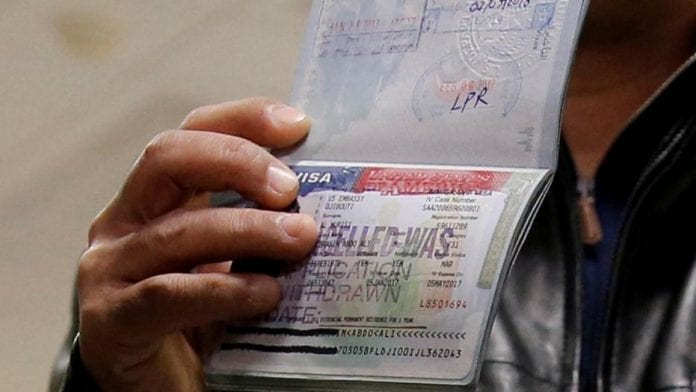
The Green Card Lottery, or also called Diversity Visa Lottery, is a United States government lottery scheme for acquiring a US Permanent Resident Card. Under the INA or the Immigration and Nationality Act, the lottery is administered by the State Department. It issues 50,000 residency permits each year and plans to increase the US immigration population by recruiting applicants over the next five years from countries with low immigration rates.
How does this work?
- Fill out the online registration: www.dvlottery.state.gov. Always remember that you can join in the lottery before a given period.
- Keep the confirmation code you get: you’ll need it to verify whether you are chosen.
- You will be eligible to utilize for an Immigrant Visa if you are selected.
Each of these applications entails a complicated method before you can achieve your dream of becoming a US permanent resident. However, despite its time-consuming process, the great benefits await you to unlock that is impeccably worth the effort. If you dream of living in the United States for the rest of your life, you must start planning today what kind of categories suit your application. It will help you guide your way as well as making your dreams into reality.









